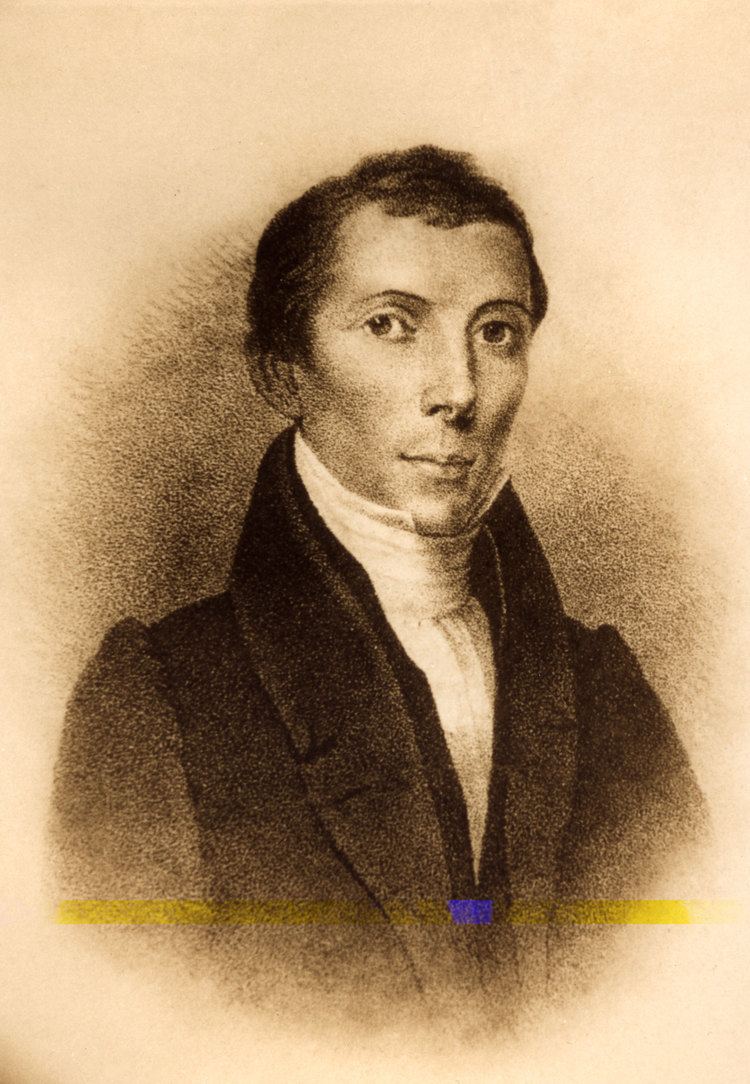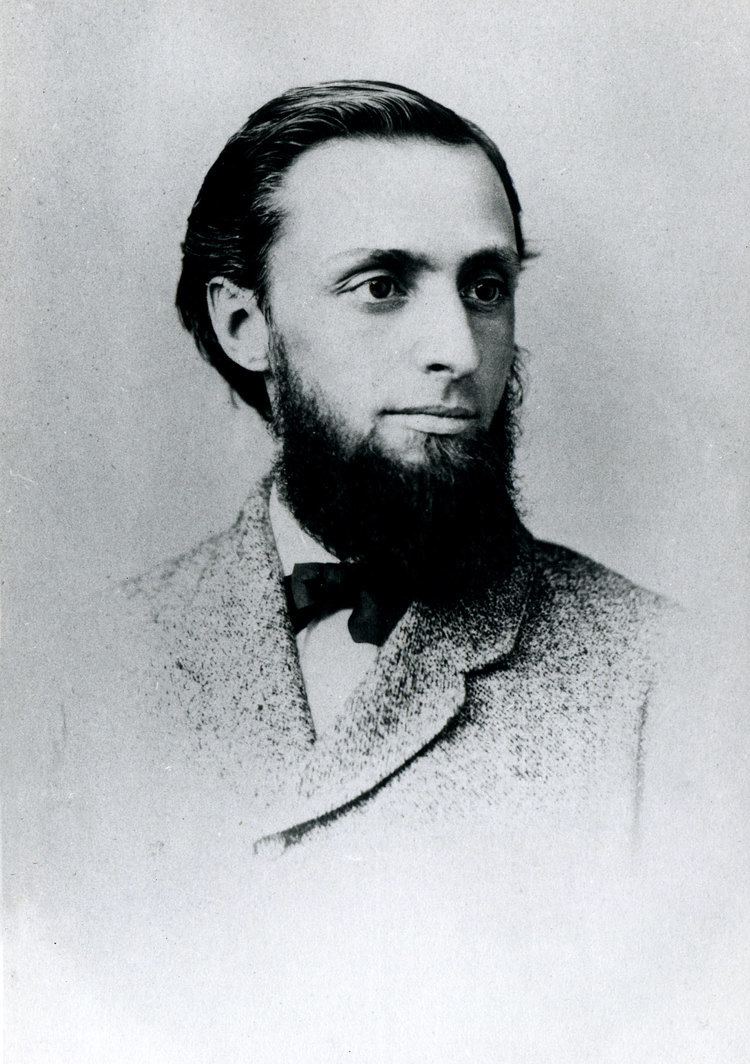Name Henry Hoisington | Died May 16, 1858 | |
 | ||
Henry Richard Hoisington (23 August 1801 – 16 May 1858) was an American Board of Commissioners for Foreign Missions missionary to Ceylon (present-day Sri Lanka) and was one of the first three missionaries who established mission station at Madura, commencing American Madura Mission in South India as an offshoot of the Jaffna Mission in Ceylon, also known as Ceylon Mission.
Contents

He translated The Oriental Astronomer: Being a Complete System of Hindu Astronomy.
Biography
He was born on 23 August 1801 in Vergennes, Vermont. He was graduated from Williams College and Auburn Theological Seminary, and was ordained by American Board of Commissioners for Foreign Missions (ABCFM) in 1831.
Missionary work
In 1833, he was sent as a missionary to Ceylon, where he served until 1854. Upon arrival in Jaffna, he was initially stationed at Manipay in 1834. In July 1834, he along with Mr. & Mrs. William Todd were sent as first missionaries by ABCFM board missionaries of Ceylon Mission to commence missionary work at newly established mission station at Madura, first and central station of American Madura Mission. After establishing two native schools, he reverted to Jaffna to continue his missionary work there.
From 1835 to 1836, he served as an instructor in English in Batticotta Seminary, and its principal from 1836 to 1841. On furlough and due to ill-health, he returned to United States in 1841, and was back in Ceylon in 1844. He resumed his principalship till 1849, and he reverted United States forever.
After having served as ABCFM agent for twenty-years until 1854, he held pastorates in Williamstown, Massachusetts, and Centerbrook, Connecticut. He died on 16 May 1858 in Centerbrook.
American Madura Mission
Levi Spaulding, an American missionary of Ceylon Mission, visited Madura in January 1834 and selected it as the suitable mission site among the Tamil people of South India; thus, The American Madura Mission was founded as an offshoot of the Jaffna Mission or Ceylon Mission in 1834 on the initiative of missionaries of the board in Ceylon Mission. Both Ceylon Mission and Madura Mission were intimately associated, not only as connected with the same board, but also as labouring among peoples having the same language and religion. The agents of these missions exchanged spheres of labour, worked in the printing press of both missions, and collaborated to have a constant interchange of counsel.
The first missionaries[workers] to arrive on payroll of ABCFM were Henry Richards Hoisington and William Todd, including three native youths from the Ceylon Boarding School in July 1834; hence, Spaulding, Hoisington, and Todd were credited as first three missionaries to American Madura Mission. Hoisington returned after two months to Jaffna and was stationed at Batticotta, while Todd remained as missionary at Madura mission station. Before Hoisington departed, two schools were established, one for each sex. The first Church in Madura was organized in 1836, and the first convert was received into the church in July 1837. Later, new stations were expanded to Dindigal in 1835, Tirumangalam in 1838, Pasumalai in 1845, Periyakulam in 1848, Vattilagundu in 1857, Melur in 1857, and Palni in 1862.
Initially, the mission policy was to spread Christianity among the natives through free schools with Hindus as teachers, and boarding-schools with Christian teachers—especially, Roman Catholics. Though reading, writing, and Arithmetic were imparted through schools, constant attention was paid to Christian catechisms and the scriptures with no place to heathen books. By 1845, the number of schools were drastically increased to produce 4000 scholars, exclusive of separate boarding schools for boys and girls. Later, policies were changed like abandoning English education for vernacular education and combination of medical aid to the natives with its evangelical work—for this, several of members were trained as medical men.
